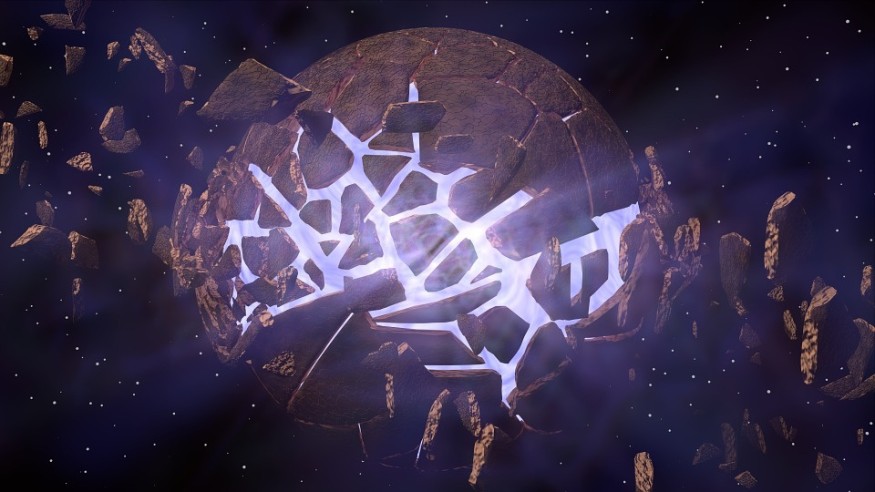
Betelgeuse, one of the brightest stars lighting up the night sky, has been showing signs of dying in the past few months.
Recently, the red supergiant's light has been fainting at significant levels. According to Villanova University astronomers, the star had been at a modern all-time low in terms of its brightness.
This is enough to cause a stir among astronomers because fainting tends to be one of the symptoms of a dying star, and when a star dies, it creates an explosion called a supernova. Because Betelgeuse is relatively near to Earth, a supernova would be brighter than a full moon, making for an extraordinary sight.
But aside from the rare opportunity to witness a supernova by-eye in their lifetime, there are practical reasons why astronomers are keen to have Betelgeuse's neutrinos tear itself apart.However, the question of whether Betelgeuse's current affliction would actually result in a supernova remains a subject of debate.
As a variable star, this isn't the first instance of Betelgeuse fainting and re-brightening. In fact, it has been recorded to dim several times within the millennia only to return to its usual level of radiance. So for many astronomers, its current state could only be the most significant drop in recent years, dimming greatly at an unseen degree before continuing on as if nothing had changed. Scientists remain hard-pressed to explain why stars often go through a lot of variances throughout different phases of its life. In Betelgeuse's case, the star could still have well over ten thousand years to live.
The other possibility speculates that the star has run its course and has actually begun to collapse into itself in the tell-tale beginnings of a supernova.
If the star does go supernova, the resulting explosion could light up the sky even in daytime, perhaps in a display even brighter than the moon at night. Considering that the last supernova to have been witnessed by-eye in this galaxy was in 1604 when Kepler lit up the skies for over three weeks. Because of the proximity of Betelgeuse to the Earth, the explosion's reach is speculated to extend over to neighboring planets such as Jupiter.
Such an event would allow scientists to study the behavior of supernovae in more detail than had ever been observed before.
As with all things, people wonder what the possible risks this event would bring. With the star being relatively close to the Earth (about 197 pc), gamma-ray bursts (also known as a GRB) of 3000pc in distance could pose a serious danger to the Earth's environment. But since GRBs are considerably rare, with gamma-ray bursts occurring in nature once every hundred thousands of years, the threat is not as pressing as it sounds.
The likelihood of gamma-ray bursts hitting Earth is a slim one-in-six-million should Betelgeuse even explode in the first place.
As excitable as the prospect is, though, not everyone in the astrophysics field is keen to have their hopes up. Eric Mamajek from NASA cites studies that indicate the unlikely odds of the events to culminate in a supernova. Given the star's history of variable brightness, the likelihood of a supernova emerging is estimated to be about 10%.
RELATED ARTICLE: Researchers wonder if Ancient Supernovae Prompted Human Ancestors to Walk Upright
© 2025 NatureWorldNews.com All rights reserved. Do not reproduce without permission.





